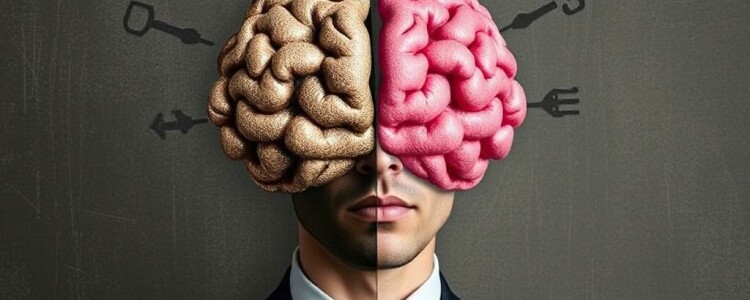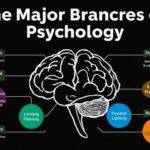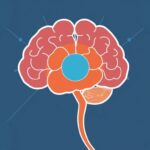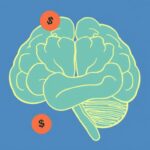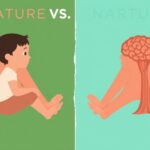Every day, from the moment we wake up until we close our eyes at night, we are faced with countless decisions. Some seem trivial—what to wear, what to eat—while others are weightier, like career moves or financial investments. But have you ever stopped to wonder why you make the choices you do? The psychology behind everyday decisions is a fascinating blend of conscious thought, subconscious influences, emotions, and social pressures. Understanding how these factors play a role can illuminate why we sometimes act irrationally or find it hard to decide at all. In this article, we’ll explore the science of decision-making, the common biases that affect us, how our environment shapes choices, and the ways to improve our decision-making skills.
The Basics of Decision-Making Psychology
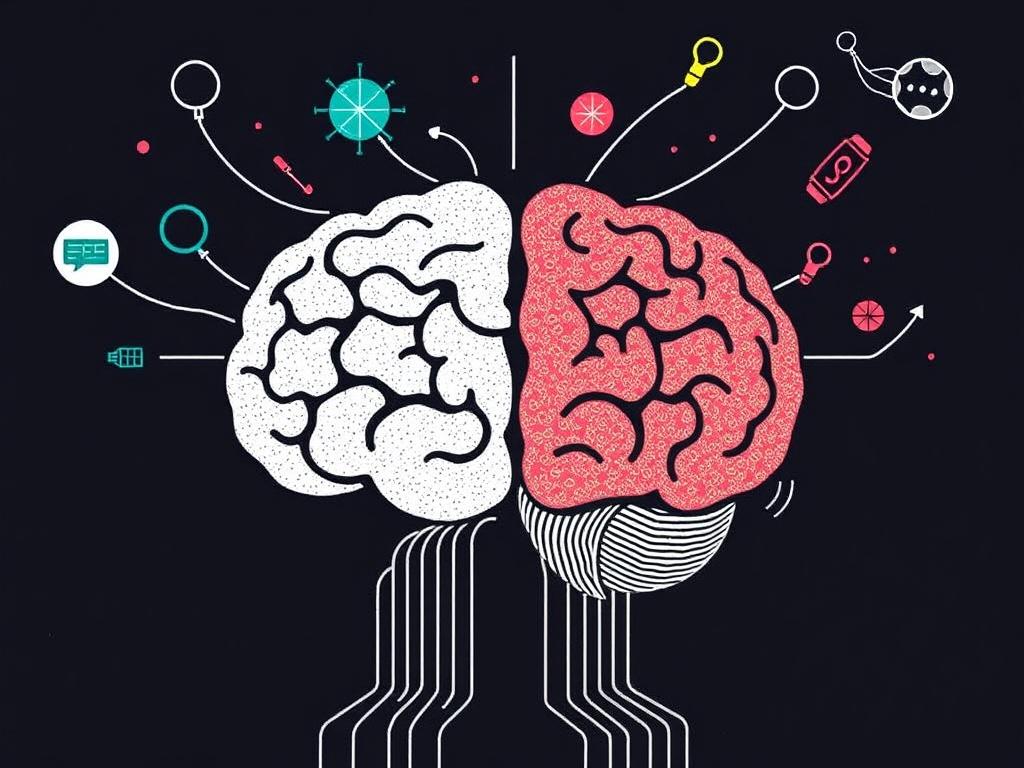
At its core, decision-making is the process of identifying and selecting options based on our preferences, beliefs, and available information. It might sound straightforward, but human decisions are far from simple. Psychologists often describe decision-making as a balancing act between rational analysis and emotional response.
One foundational theory in this field is the dual-system model. This divides human thinking into two modes: System 1 and System 2. System 1 is fast, automatic, and subconscious—it handles snap judgments and routine choices. For example, when you automatically reach for your favorite coffee blend without thinking, that’s System 1 at work. On the other hand, System 2 is slow, deliberate, and logical. This system kicks in during complex or unfamiliar decisions, like figuring out your taxes or buying a house. The interplay and sometimes the conflict between these two systems form the basis of many everyday decisions.
How Emotions Influence Our Choices
Emotions aren’t just a side effect of decision-making; they are central to it. Often overshadowing logic, feelings like fear, excitement, or sadness can push us toward or away from particular options. Neuroscientific research shows that our brain’s emotional center, the amygdala, plays a critical role when we evaluate risks and rewards. For example, the fear of losing money might make someone avoid investing, even when the logical analysis points to potential gains.
On the flip side, positive emotions can lead to more optimistic decisions, sometimes resulting in overconfidence. This means understanding our emotional state is key to making balanced choices. Next time you’re deciding something important, try to pause and recognize how you’re feeling; it might reveal why you prefer one option over another.
Cognitive Biases That Shape Everyday Decisions
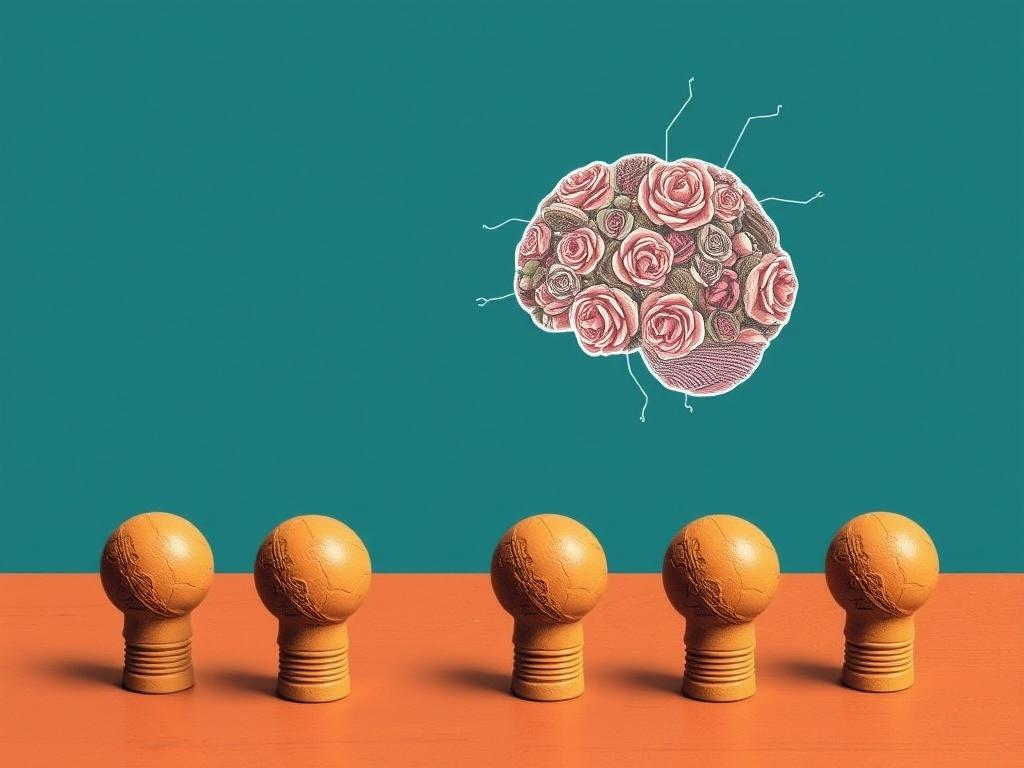
We like to think of ourselves as rational beings, but decades of psychological research reveal that our brains are wired for shortcuts—known as heuristics—that can lead to systematic errors or biases. These cognitive biases often sneak into everyday situations and skew our judgment, sometimes without us realizing it.
Common Cognitive Biases
| Bias | Description | Example in Everyday Life |
|---|---|---|
| Confirmation Bias | The tendency to search for or interpret information in a way that confirms one’s preconceptions. | Ignoring product reviews that criticize a brand you like. |
| Anchoring Effect | Relying too heavily on the first piece of information encountered. | Being influenced by the initial price you see when shopping, even if it’s not fair. |
| Availability Heuristic | Overestimating the importance of information that comes to mind quickly. | Worrying about plane crashes after seeing news stories, despite their rarity. |
| Loss Aversion | Preferring to avoid losses rather than acquiring equivalent gains. | Choosing not to sell a losing stock hoping it will rebound instead of accepting the loss. |
Knowing these biases exist can help you step back and evaluate your choices more objectively. For instance, when you notice confirmation bias at play, make a conscious effort to seek out opposing perspectives.
The Role of Social Influences and Environmental Factors
Humans are inherently social creatures, and our decisions rarely happen in isolation. The people around us, our culture, and the environment all exert a strong influence on what we decide.
Peer Pressure and Social Proof
Have you ever bought something because your friends highly recommended it, or avoided a restaurant because others warned you against it? This is the power of social proof—the idea that we look to others to guide our behavior, especially in uncertain situations.
Peer pressure can be subtle or overt, and it often works by tapping into our desire for acceptance and belonging. This influence impacts everything from fashion choices to political opinions to daily habits like exercising or diet.
Environmental Cues and Decision Architecture
Beyond people, certain environmental factors shape our decisions as well. Decision architecture refers to how choices are presented and structured. For example, supermarkets carefully place items on eye-level shelves or situate healthy snacks near the checkout to encourage or discourage certain purchases.
Small changes in environment can make big differences. Imagine a cafeteria that puts salads in front and desserts further back; patrons are more likely to pick the healthier option even if it wasn’t their initial plan. Recognizing how context influences you can empower you to set up environments that promote better choices.
The Science of Habit and Its Impact on Daily Decisions
Not every decision is made consciously—in fact, many are automatic. These habitual choices form because of repeated behavior, leading to routines that consume little mental energy. Habits are powerful because they save cognitive resources but can also make change difficult.
How Habits Form
The habit loop is a concept described by behavior psychologists that involves three parts: cue, routine, and reward. A cue triggers the behavior, the routine is the behavior itself, and the reward is the positive reinforcement that makes you want to do it again.
For example, arriving home from work (cue) might prompt you to grab a snack (routine), providing comfort (reward). Over time, this loop becomes automatic and deeply embedded, influencing many everyday decisions without deliberate thought.
Breaking Bad Habits and Forming Good Ones
Understanding how habits work can help you change your behavior. One effective strategy is to alter the cues or replace the routine with a healthier alternative while keeping the same reward. If you want to stop snacking late at night, try changing your evening routine or replacing unhealthy snacks with fruit.
Additionally, consistency and tracking progress reinforce new habits, turning good decisions into automatic behaviors that improve your wellbeing.
Decision Fatigue: Why Making Too Many Choices Can Wear You Down

Have you ever noticed that after making many decisions in a row, even simple choices become harder? This is decision fatigue, a psychological phenomenon where the quality of decisions deteriorates after an extended period of decision-making.
What Causes Decision Fatigue?
Our willpower and mental energy are limited resources. Constantly weighing options and controlling impulses can exhaust these resources, leaving us vulnerable to poor choices or avoidance. This explains why judges might deliver harsher sentences later in the day or why you might opt for junk food after a stressful workday full of decisions.
Ways to Combat Decision Fatigue
Here are some practical tips:
- Streamline daily routines to reduce trivial choices (like meal prepping or planning outfits)
- Prioritize important decisions for when your mind is fresh, such as in the morning
- Take breaks to restore energy and clarity
- Delegate or automate repetitive decisions where possible
By managing decision fatigue, you maintain higher quality in the choices that matter most.
Improving Your Decision-Making Skills
Making good decisions consistently takes practice and mindfulness. The good news is there are concrete strategies anyone can use to improve.
1. Gather Adequate Information
It’s essential to have enough relevant information but avoid information overload. Set boundaries to know when you have enough data to decide rather than endlessly researching.
2. Weigh Pros and Cons
Using a simple list of the advantages and disadvantages can clarify complex choices and visualize trade-offs.
3. Consider Long-Term Consequences
Immediate gratification can cloud judgment. Reflect on how decisions affect you months or years down the road.
4. Be Aware of Biases and Emotions
Regular self-reflection on your mental state and motivations helps prevent biases from hijacking your choices.
5. Seek Diverse Perspectives
Talk to others with different experiences or viewpoints to challenge your assumptions.
6. Practice Mindfulness and Patience
Avoid rushing decisions, especially important ones. Take time to focus, breathe, and clear your head.
Tools for Decision-Making
| Tool | Description | Use Case |
|---|---|---|
| Decision Matrix | A grid to score options against multiple criteria. | Choosing between job offers based on salary, location, growth potential, etc. |
| SWOT Analysis | Identifies Strengths, Weaknesses, Opportunities, Threats for each option. | Evaluating whether to start a business or stay in current role. |
| Pros and Cons List | Simple listing of positives and negatives. | Everyday minor decisions like buying a new gadget. |
The Future of Decision-Making: Technology and Psychology
With the rise of artificial intelligence, data analytics, and behavioral science, decision-making is entering a new era. Technologies can help by providing personalized recommendations, analyzing risk factors, and even predicting outcomes based on patterns.
However, relying too heavily on technology can lead to new challenges, such as reduced critical thinking or privacy concerns. Balancing human intuition and digital assistance is the next frontier in the psychology behind everyday decisions.
How AI Supports Decision-Making
From apps that track your health goals and suggest dietary changes to financial tools that guide investments, artificial intelligence is increasingly a decision partner. It can help reduce bias by presenting objective data and identifying patterns we might miss.
Still, understanding the underlying psychological influences on your mind allows you to use these technologies wisely rather than blindly following their advice.
Summary
Our everyday decisions are shaped by a complex interplay of automatic brain functions, emotions, social dynamics, cognitive biases, habits, and environmental factors. Understanding these psychological forces can empower you to make more informed, balanced choices. Awareness of cognitive biases like confirmation bias or loss aversion helps us avoid common pitfalls, while managing decision fatigue ensures better quality decisions over time. Adopting strategies such as gathering sufficient information, weighing pros and cons, and considering long-term impacts fosters smarter decision-making. As technology becomes a bigger part of this process, blending human insight with digital tools will enhance our ability to navigate life’s choices successfully.
Conclusion
The psychology behind everyday decisions reveals that choosing isn’t just about logic or preference; it’s a nuanced dance between our brain’s fast and slow thinking, emotions, social influences, habitual behaviors, and external environment. By recognizing these forces, we can better understand ourselves and others, making room for growth and improvement. Whether you seek to break bad habits, overcome biases, or simply make small daily choices with greater confidence, applying these psychological insights makes a meaningful difference. After all, decision-making is at the heart of our lives, shaping our paths moment by moment. Embrace this knowledge, and you’ll find yourself navigating your world with a clearer, more empowered mind.

